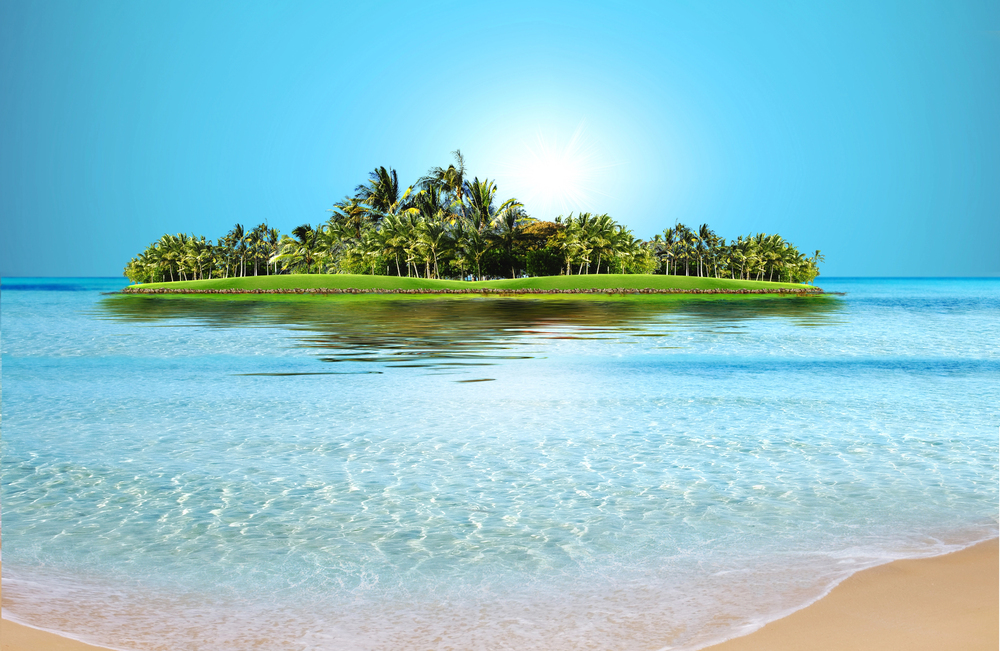The Pacific Ocean is home to some of the world’s most breathtaking islands, many of which are leaders in sustainable tourism. From pristine beaches to lush rainforests, these destinations offer unforgettable experiences while prioritizing environmental conservation.
This guide will explore 20 islands that stand out for their eco-friendly initiatives and natural beauty.
Palau: A Pioneer in Ocean Conservation
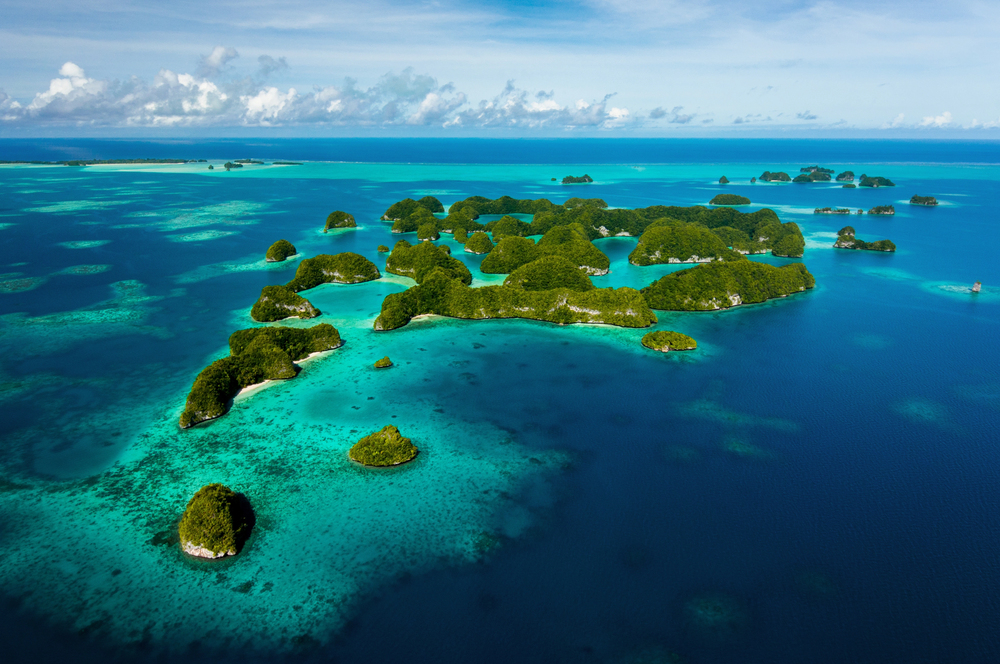
Palau has made waves with its innovative approach to marine protection. The island nation requires visitors to sign an eco-pledge upon arrival, committing to responsible tourism practices.
Its vast marine sanctuary and strict fishing regulations have earned Palau a reputation as a leader in ocean conservation.
Fiji: Sustainable Luxury in Paradise
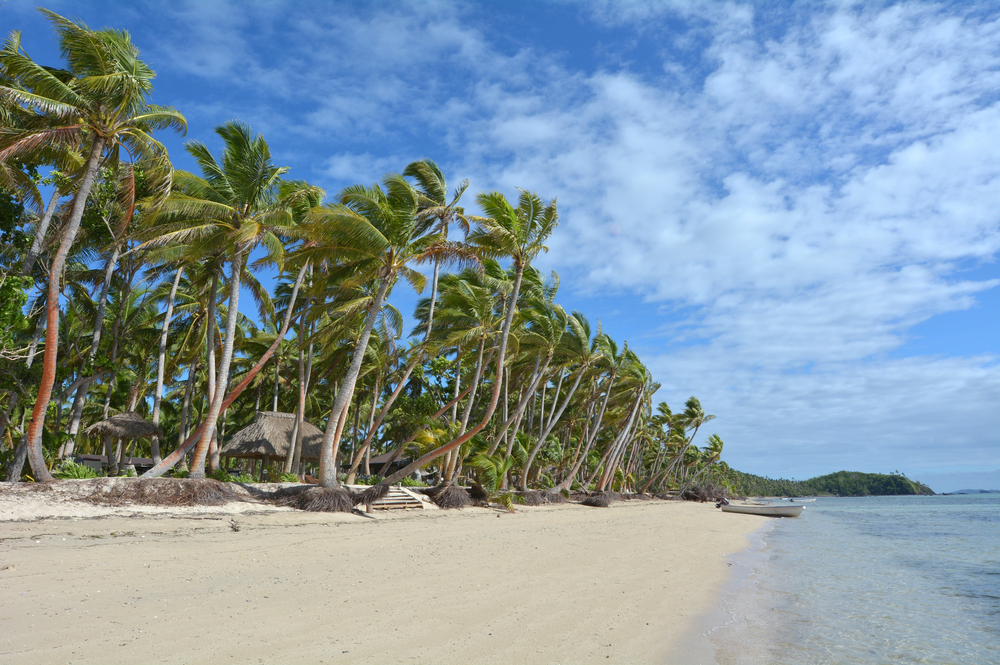
Fiji’s commitment to eco-tourism extends from its resorts to its local communities. Many of its islands boast eco-lodges powered by renewable energy and offer farm-to-table dining experiences.
Visitors can participate in coral restoration projects and support local artisans, making Fiji a top choice for conscious travelers.
Like Travel Pug’s content? Follow us on MSN.
Galápagos Islands: Living Laboratory of Evolution
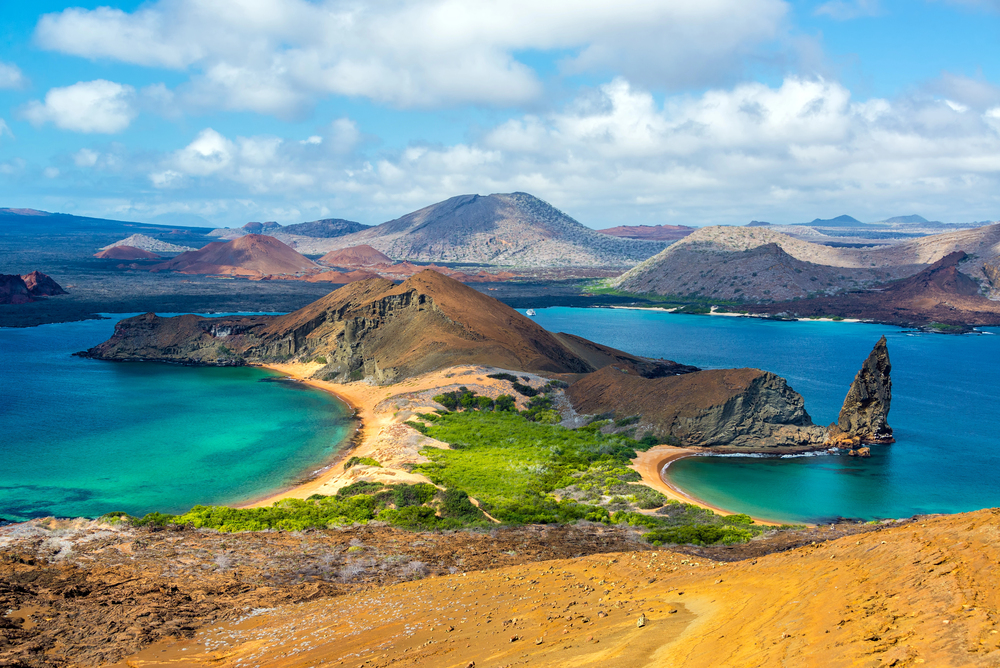
The Galápagos Islands, famous for inspiring Charles Darwin’s theory of evolution, continue to be at the forefront of conservation efforts. Strict visitor regulations and guided tours ensure minimal impact on the unique ecosystem.
The islands’ commitment to preserving their incredible biodiversity makes them a must-visit for eco-conscious travelers.
Vanuatu: Resilience and Sustainability in Harmony
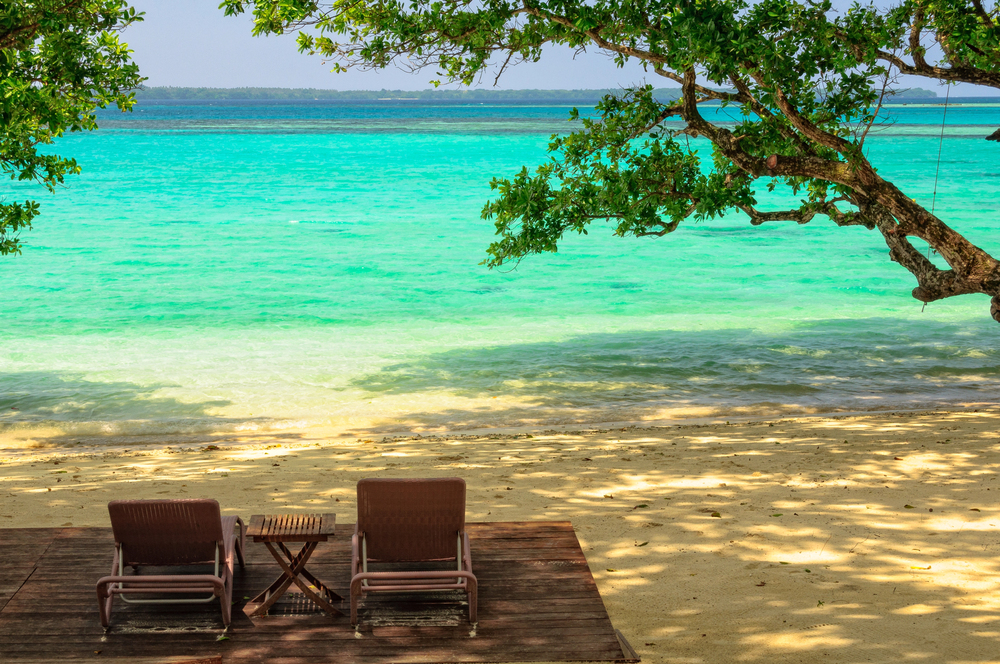
Vanuatu has emerged as a model for climate change adaptation and sustainable tourism. The island nation’s ‘slow tourism’ approach encourages visitors to immerse themselves in local culture and support community-based initiatives.
Vanuatu offers authentic experiences with a light environmental footprint, from eco-lodges to traditional village stays.
Cook Islands: Preserving Polynesian Paradise
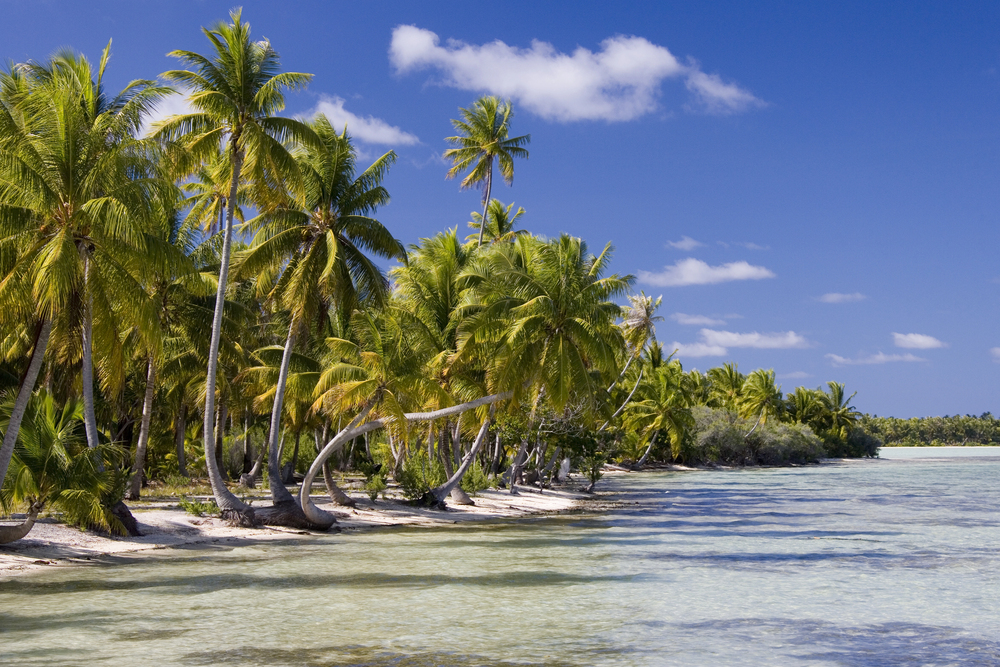
The Cook Islands have implemented various eco-friendly practices to protect their pristine environment. Visitors can explore marine protected areas, participate in beach clean-ups, and stay in eco-certified accommodations.
The islands’ commitment to renewable energy and waste reduction sets a high standard for sustainable island tourism.
Like Travel Pug’s content? Follow us on MSN.
Solomon Islands: Untouched Beauty and Cultural Richness
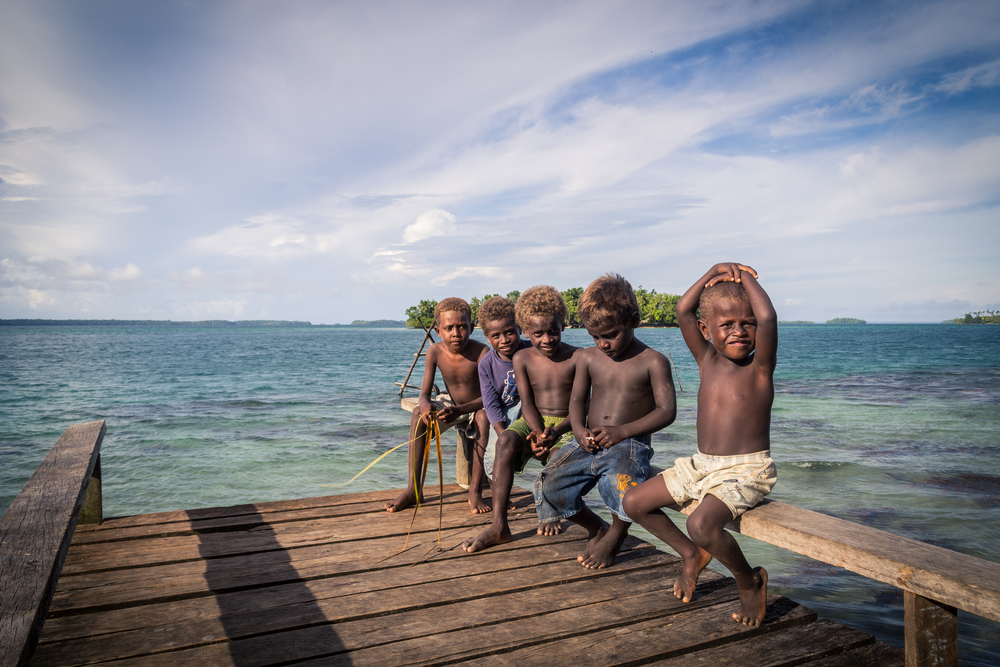
The Solomon Islands offer a glimpse into a world where nature and tradition coexist harmoniously. Eco-lodges built with traditional materials and powered by solar energy provide comfortable bases for exploring the island’s rich marine life and rainforests.
Community-led conservation projects allow visitors to contribute directly to local environmental efforts.
Tonga: Whale Watching with a Conscience
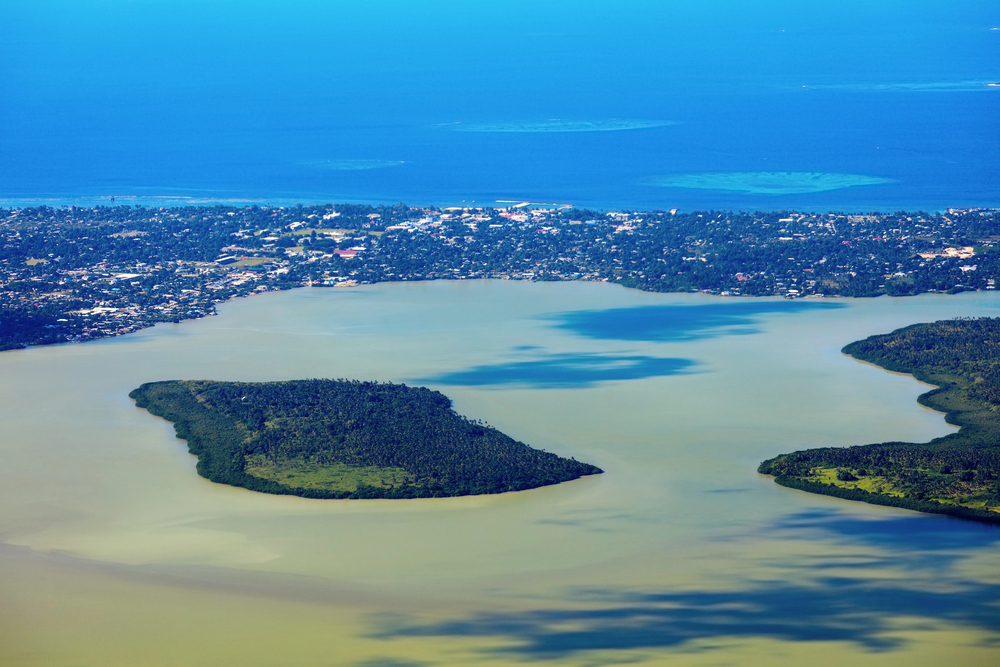
Tonga’s commitment to marine conservation is exemplified by its responsible whale-watching practices. The kingdom has established strict guidelines to protect its annual visitors, the humpback whales.
Eco-friendly accommodations and locally-guided tours ensure that tourism benefits the environment and local communities.
Easter Island: Balancing Tourism and Preservation
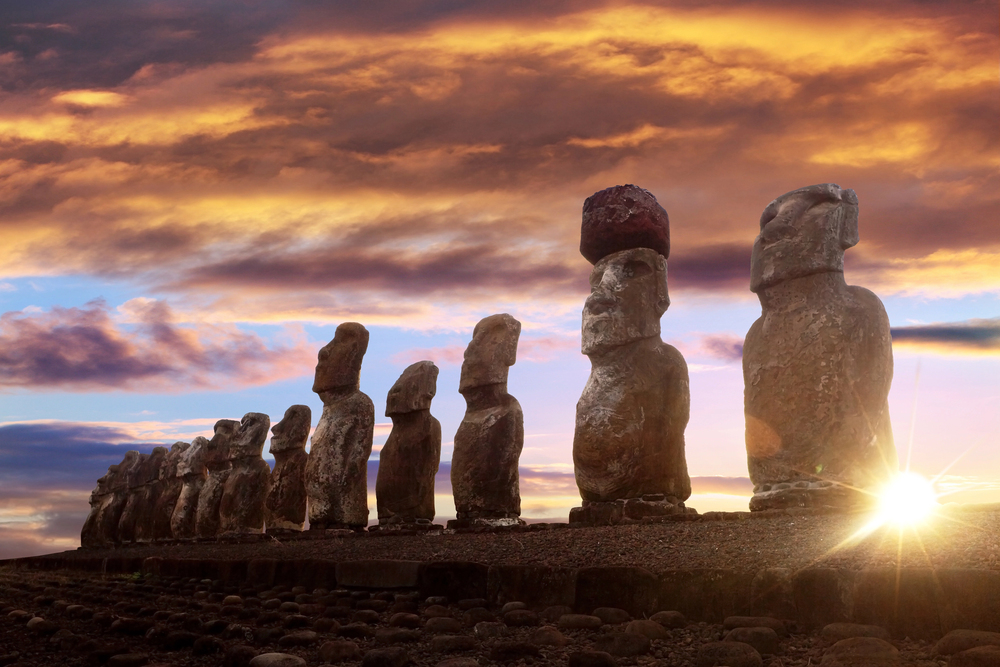
Easter Island, known for its iconic moai statues, has implemented measures to balance tourism with cultural and environmental preservation. Visitor numbers are carefully managed, and eco-friendly tours educate travelers about the island’s fragile ecosystem and rich history.
Sustainable accommodations and local guides provide authentic experiences while minimizing environmental impact.
Like Travel Pug’s content? Follow us on MSN.
Samoa: Community-Based Eco-Tourism at Its Best
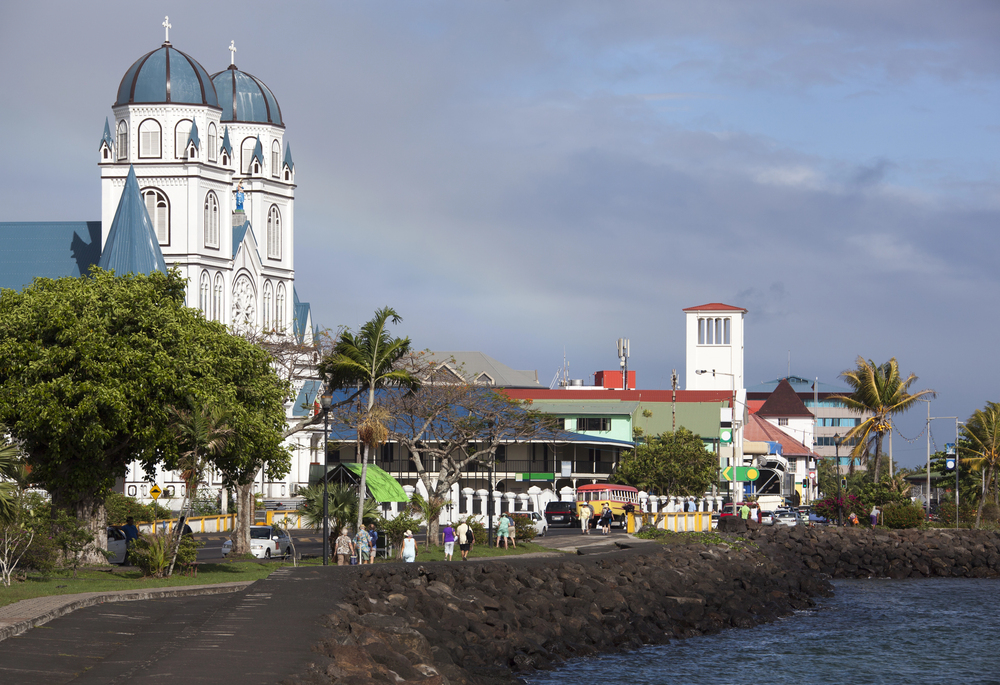
Samoa’s approach to eco-tourism is deeply rooted in its fa’a Samoa (the Samoan way) cultural traditions. Visitors can stay in traditional fale accommodations, participate in community conservation projects, and explore protected marine areas.
The islands’ commitment to preserving their natural and cultural heritage makes Samoa a standout destination for responsible travelers.
New Caledonia: Biodiversity Hotspot in the South Pacific
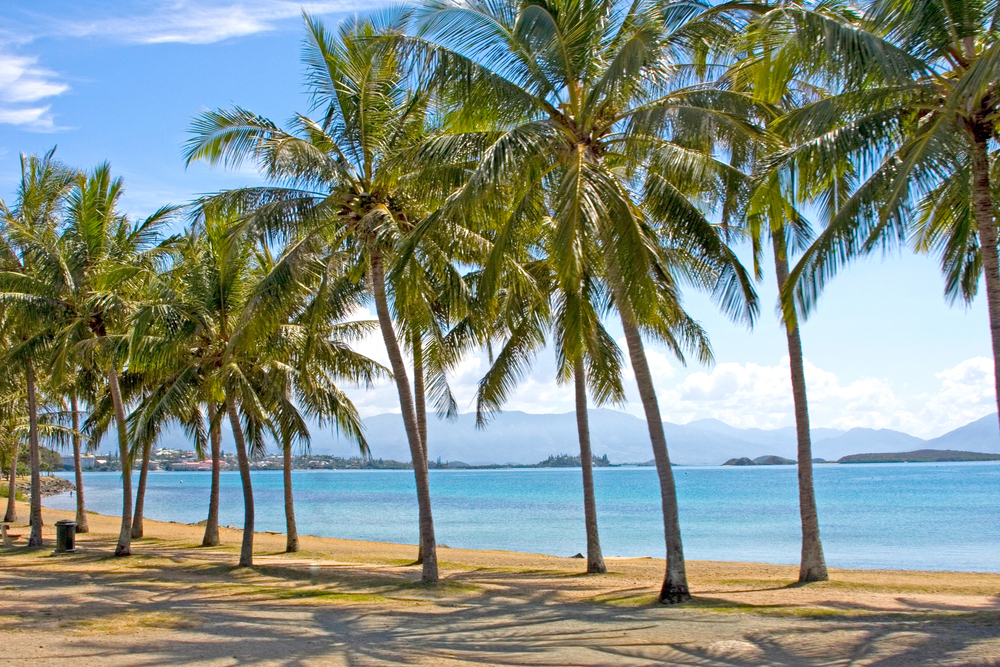
New Caledonia’s lagoons and reefs are UNESCO World Heritage sites, recognized for their exceptional marine biodiversity. The French territory has implemented strict environmental regulations to protect its unique ecosystems.
Eco-lodges and guided nature tours allow visitors to explore this natural wonder responsibly.
Niue: The ‘Rock of Polynesia’ Embraces Sustainability
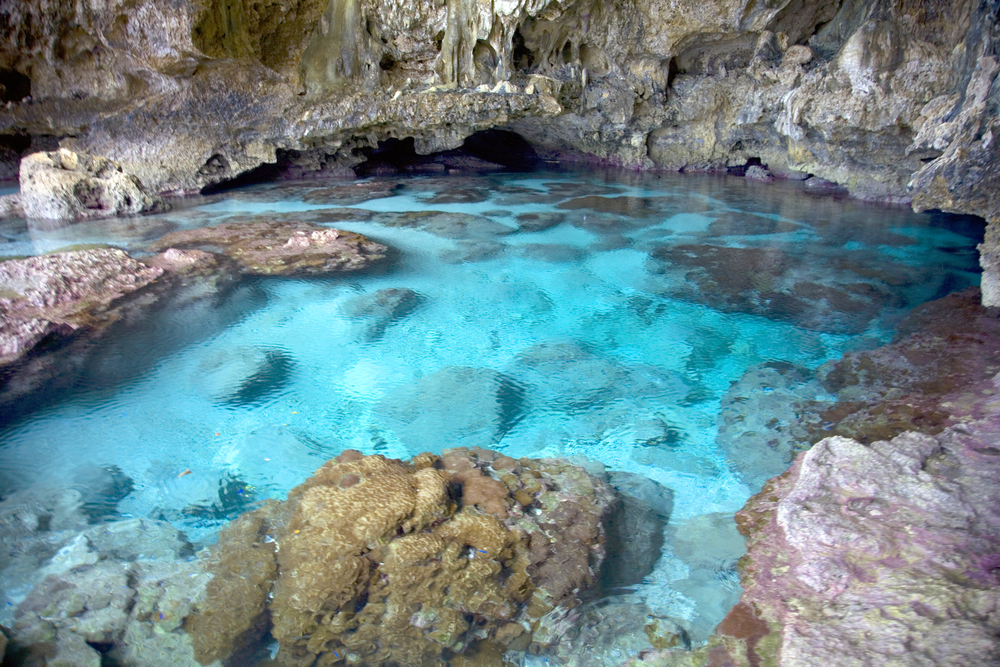
Niue, one of the world’s smallest countries, is significantly impacting sustainable tourism. The island has banned single-use plastics and is working towards 100% renewable energy.
Its pristine waters and caves can be explored through eco-friendly tours, while locally-run guesthouses provide authentic accommodations with minimal environmental impact.
Like Travel Pug’s content? Follow us on MSN.
Lord Howe Island: Australia’s Paradise of Biodiversity
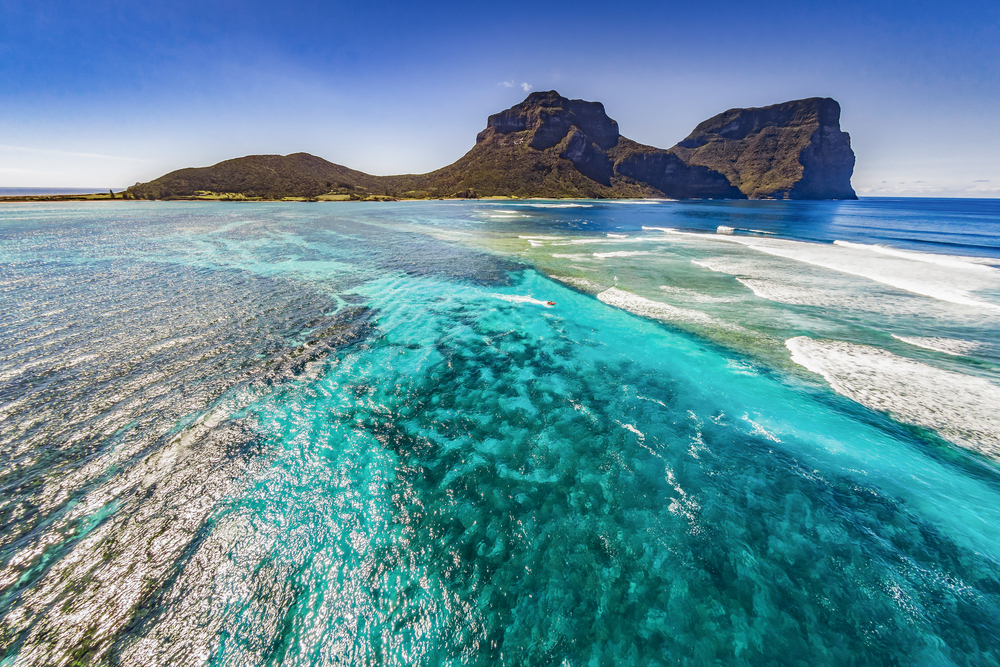
Lord Howe Island, with its strict visitor limit, offers an exclusive eco-friendly getaway. The UNESCO World Heritage site is home to numerous endemic species and boasts world-class conservation programs.
Visitors can explore the island’s unique ecosystems through guided walks and snorkeling tours while staying in eco-certified accommodations.
Tahiti: Luxury Meets Sustainability in French Polynesia
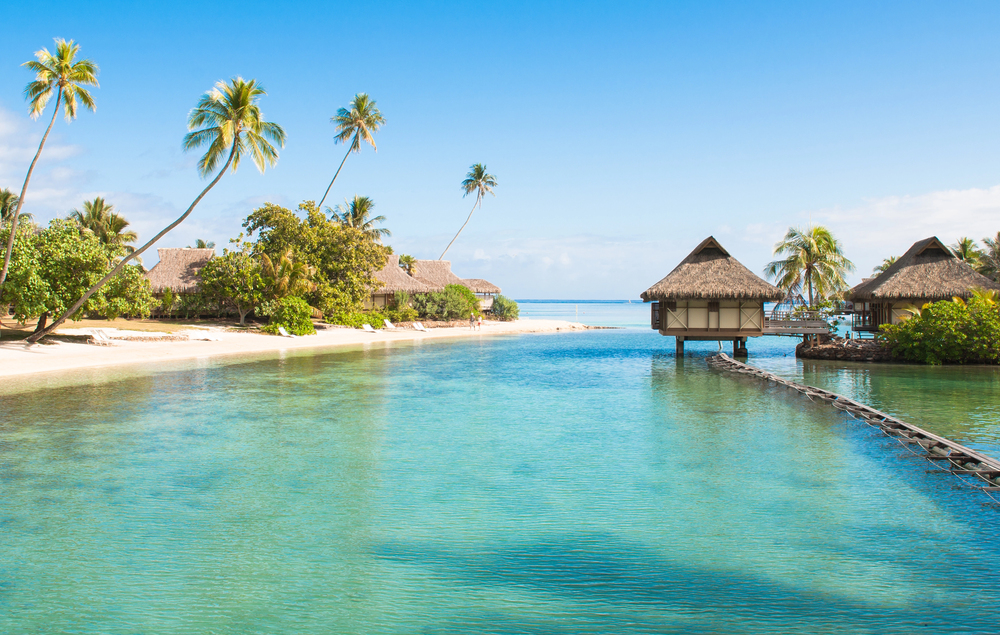
Tahiti and its surrounding islands are embracing eco-luxury tourism. Many resorts have implemented coral restoration programs, use renewable energy, and offer farm-to-table dining experiences.
Visitors can participate in lagoon clean-ups, learn traditional Polynesian farming techniques, and explore the island’s rich marine life through responsible tour operators.
Rarotonga: Green Heart of the Cook Islands
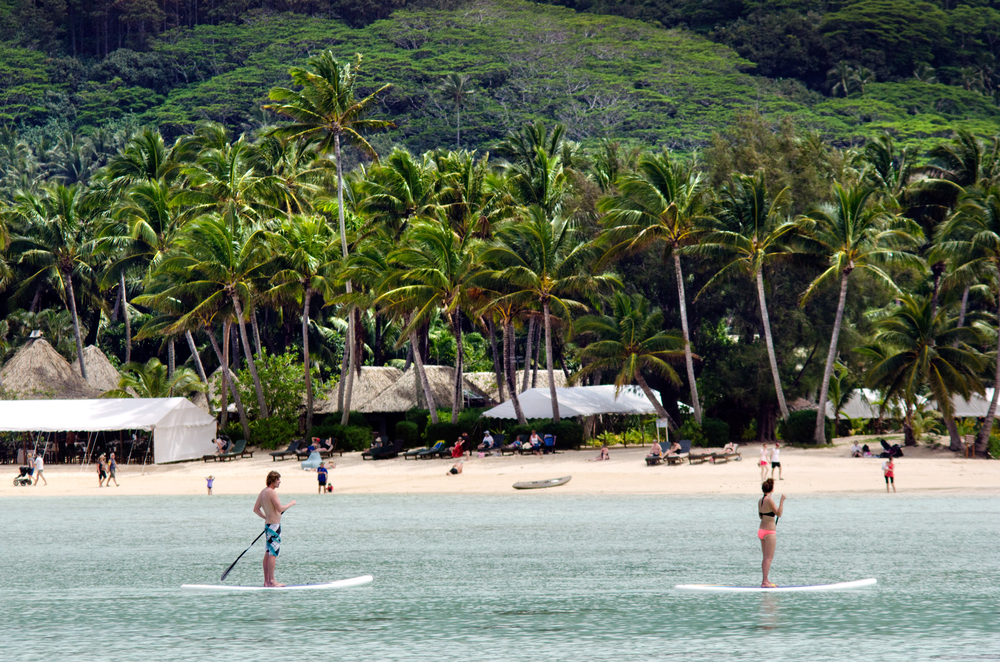
Rarotonga, the main island of the Cook Islands, is setting new standards for sustainable island living. The island’s ‘Te Ipukarea Society leads environmental initiatives, from waste reduction to marine conservation.
Eco-friendly accommodations, locally sourced cuisine, and low-impact activities like cycling and snorkeling make Rarotonga a top choice for green travelers.
Like Travel Pug’s content? Follow us on MSN.
Yap: Preserving Micronesian Culture and Nature
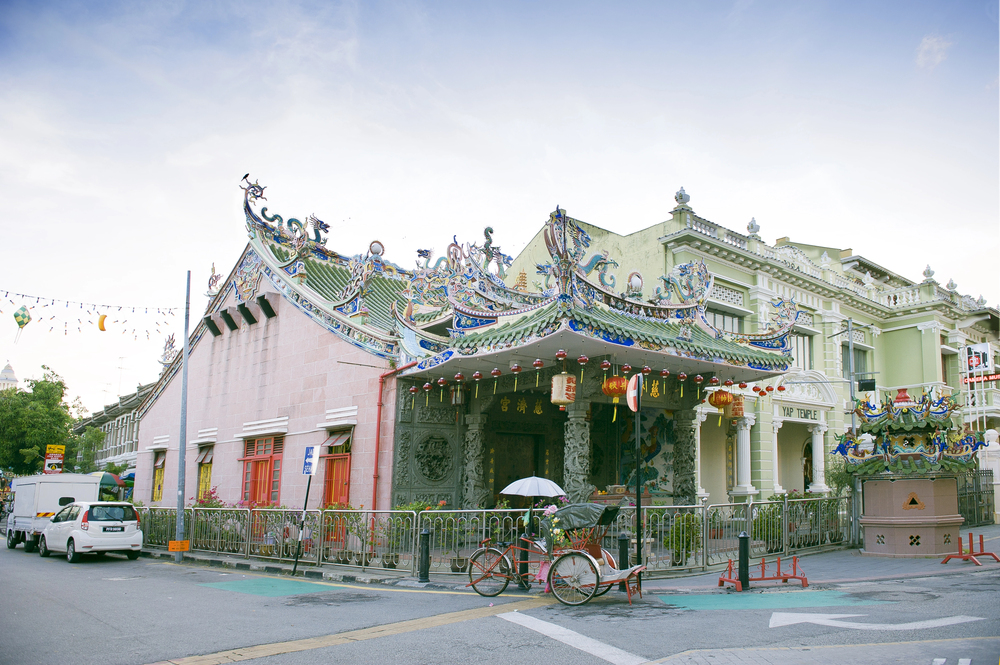
Yap, known for its stone money and manta rays, offers a unique blend of cultural and natural experiences. The island’s commitment to preserving traditional practices goes hand-in-hand with environmental conservation.
Visitors can stay in eco-lodges, participate in community-based tourism initiatives, and dive into some of the world’s most pristine waters.
Kosrae: Micronesia’s Green Gem
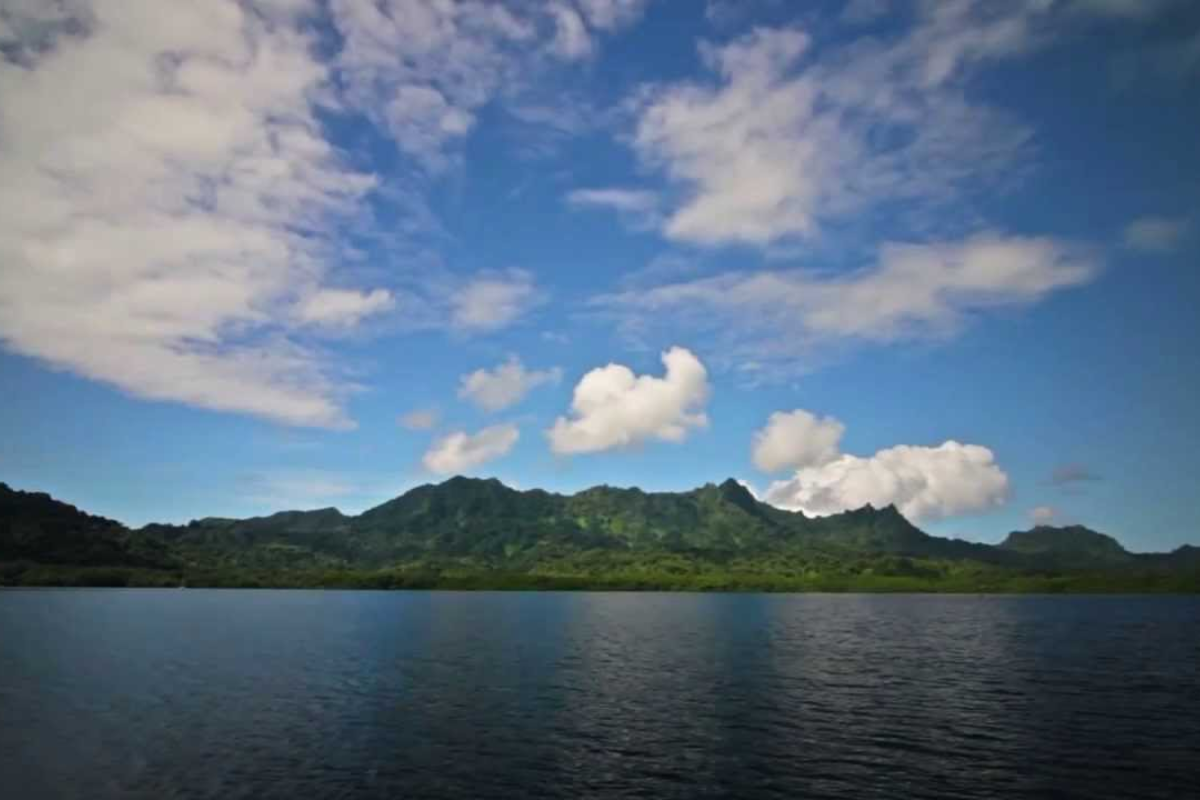
Kosrae, often called the ‘Sleeping Lady’ for its mountain silhouette, is awakening as an eco-tourism destination. The island’s lush interior and vibrant reefs are protected by solid conservation measures.
Visitors can explore ancient ruins, hike through mangrove forests, and stay in family-run guesthouses that support local communities and sustainable practices.
Atauro Island: Timor-Leste’s Eco-Tourism Success Story
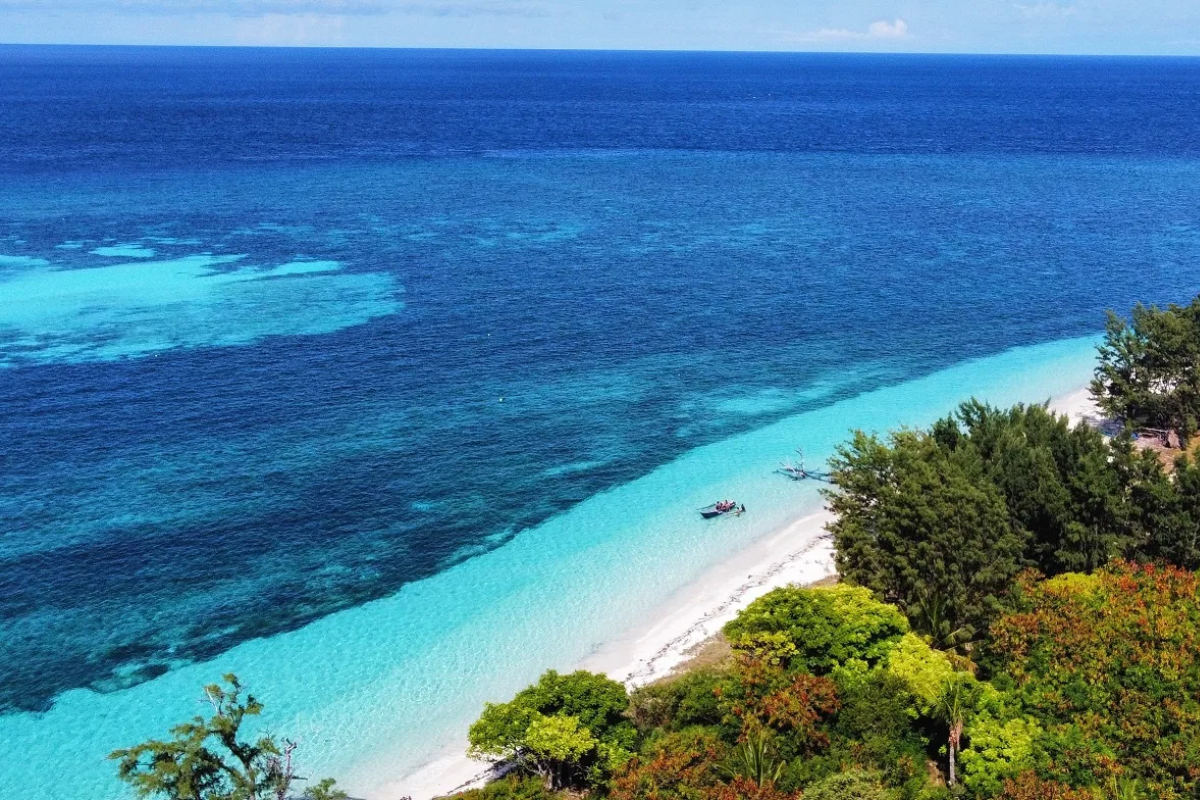
Atauro Island, off the coast of Timor-Leste, has transformed itself into a model for community-based ecotourism. The island’s marine protected areas boast some of the world’s highest coral diversity.
Locally run eco-lodges, traditional fishing trips, and handicraft workshops provide sustainable livelihoods for islanders while offering visitors authentic experiences.
Like Travel Pug’s content? Follow us on MSN.
Tetepare: Solomon Islands’ Uninhabited Eco-Paradise
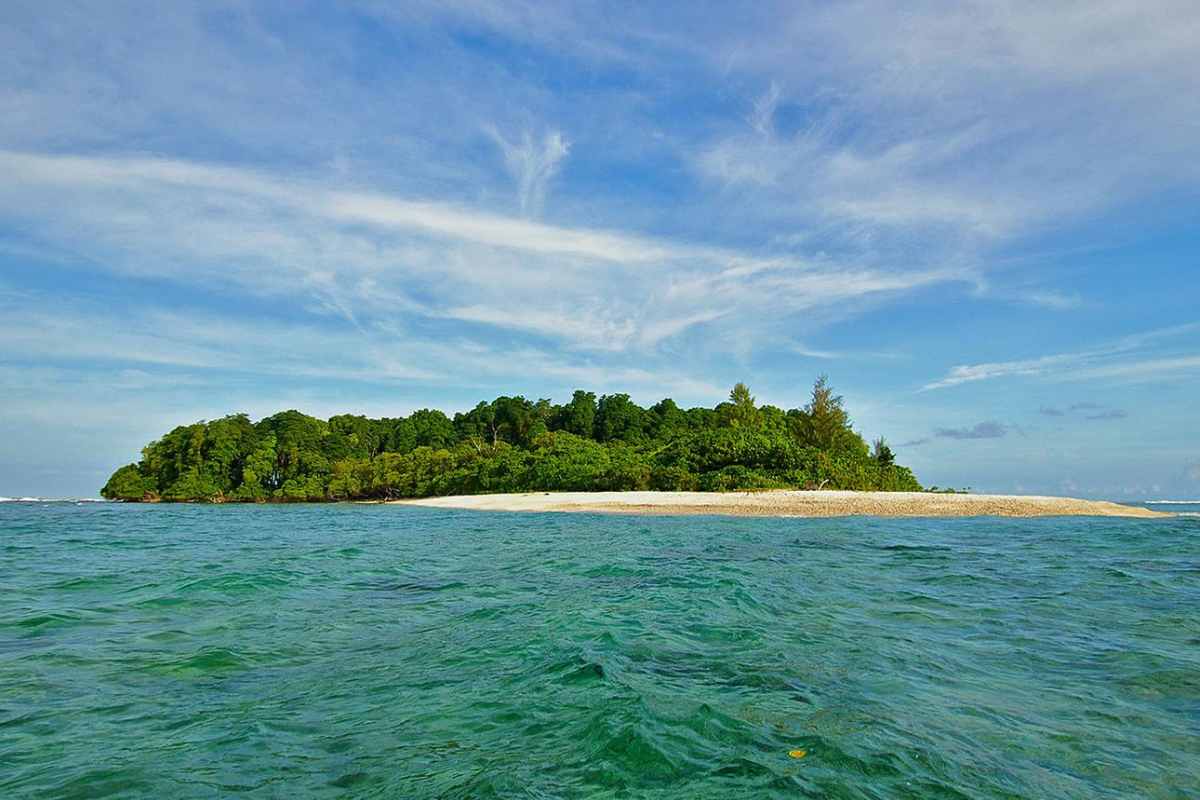
Tetepare, the largest uninhabited island in the South Pacific, offers a truly off-the-grid eco-experience. Local communities manage the island as a conservation area, running small-scale eco-lodges and guiding visitors through its pristine forests and reefs.
Tetepare’s successful conservation model has inspired sustainable tourism in the region.
Chuuk: Wreck Diving with a Conservation Focus

Chuuk, part of the Federated States of Micronesia, is famous for its WWII wreck diving sites. The island state has implemented measures to protect these underwater museums while promoting responsible tourism.
Eco-friendly dive operations and locally run guesthouses allow visitors to explore Chuuk’s rich history and marine life while supporting conservation efforts.
Rapa Nui: Easter Island’s Lesser-Known Neighbor
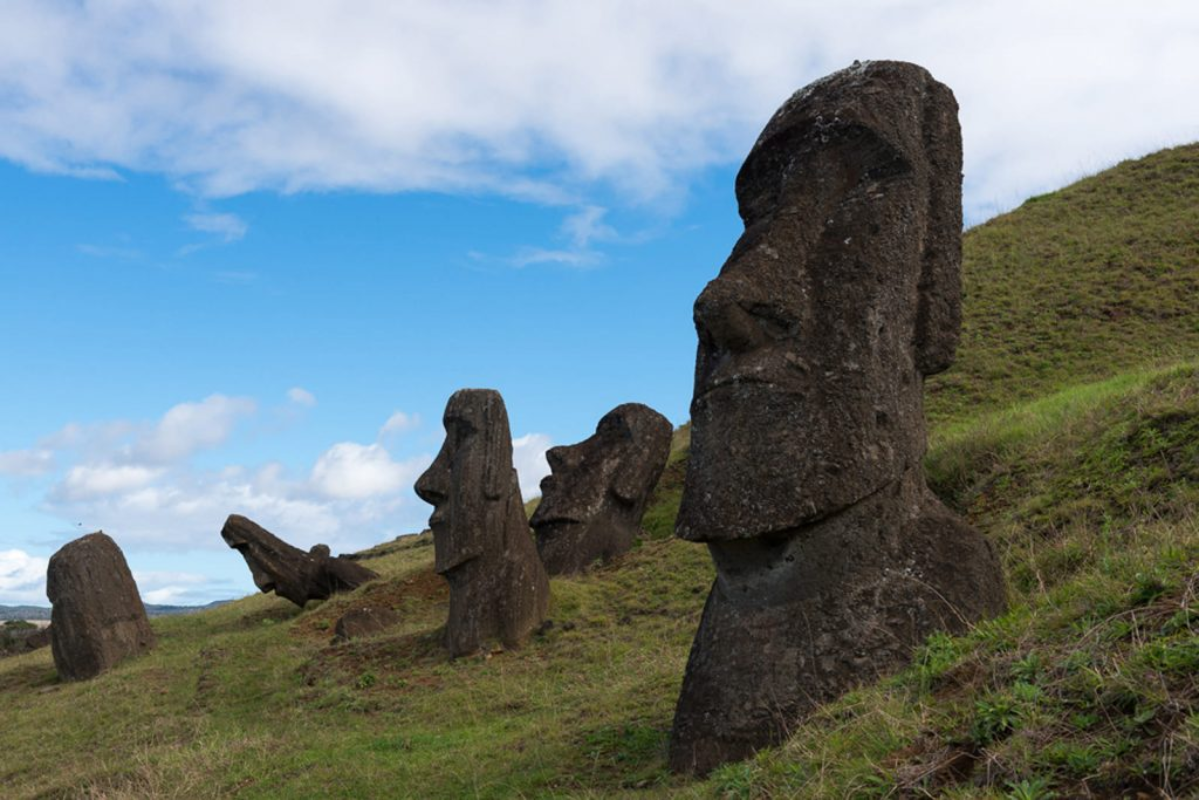
Rapa Nui, or Easter Island, has implemented strict environmental regulations to protect its unique ecosystem. The island’s national park covers nearly half its area, preserving archaeological sites and natural habitats.
Eco-friendly tours, locally-run accommodations, and community conservation projects allow visitors to explore this remote paradise responsibly.
Like Travel Pug’s content? Follow us on MSN.
Embracing Sustainable Paradise: Your Journey Awaits
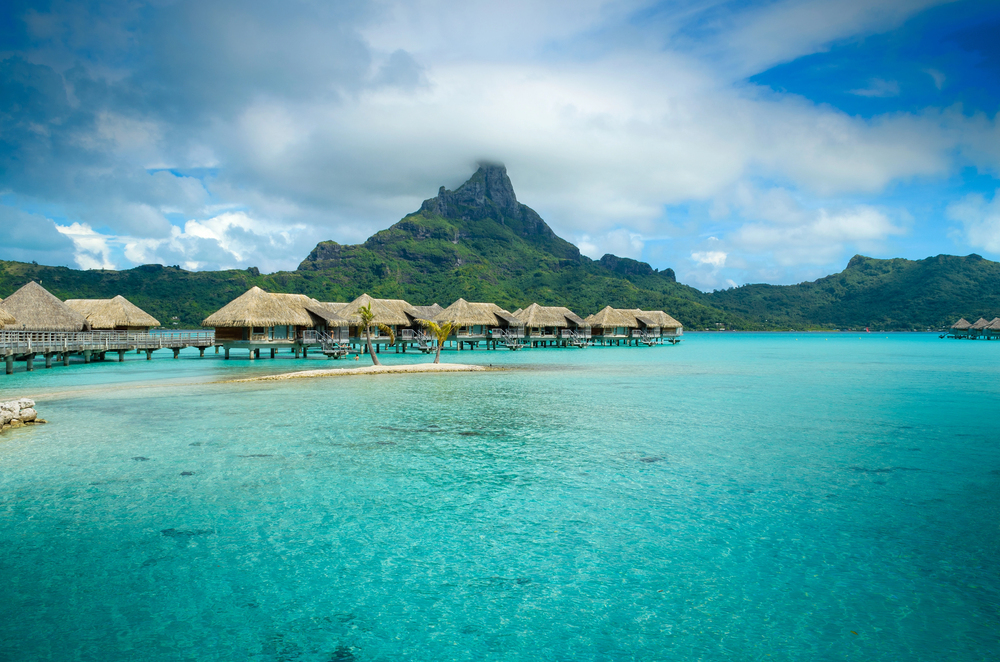
The Pacific Islands offer a wealth of eco-friendly travel options for the conscious explorer. From community-led initiatives to innovative conservation projects, these destinations prove sustainable tourism can benefit visitors and local ecosystems.
As you plan your next adventure, consider these islands for an unforgettable and responsible travel experience in the heart of the Pacific.
More from Travel Pug

- 20 Mind-Blowing Things You Probably Didn’t Know You Could Do in the U.S.
- The Best Cruise Ship Experiences for U.S. Citizens
- The Best U.S Travel Destinations for Golf Lovers
- The 25 Most Dangerous Cities in the World (Exercise Caution if Travelling There)
- The Best Fall Foliage Spots in New England (Must-See Places)
Like Travel Pug’s content? Follow us on MSN.
